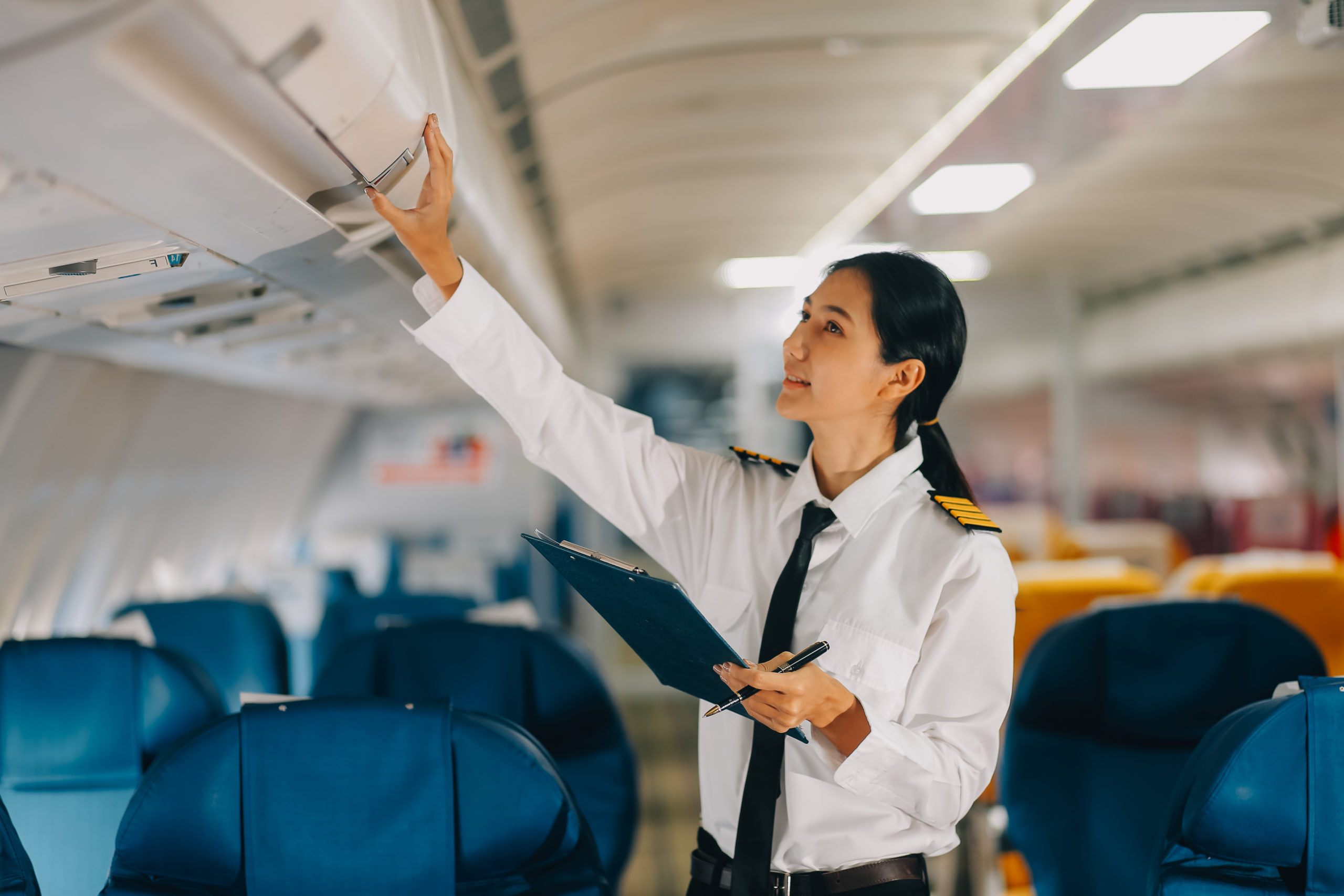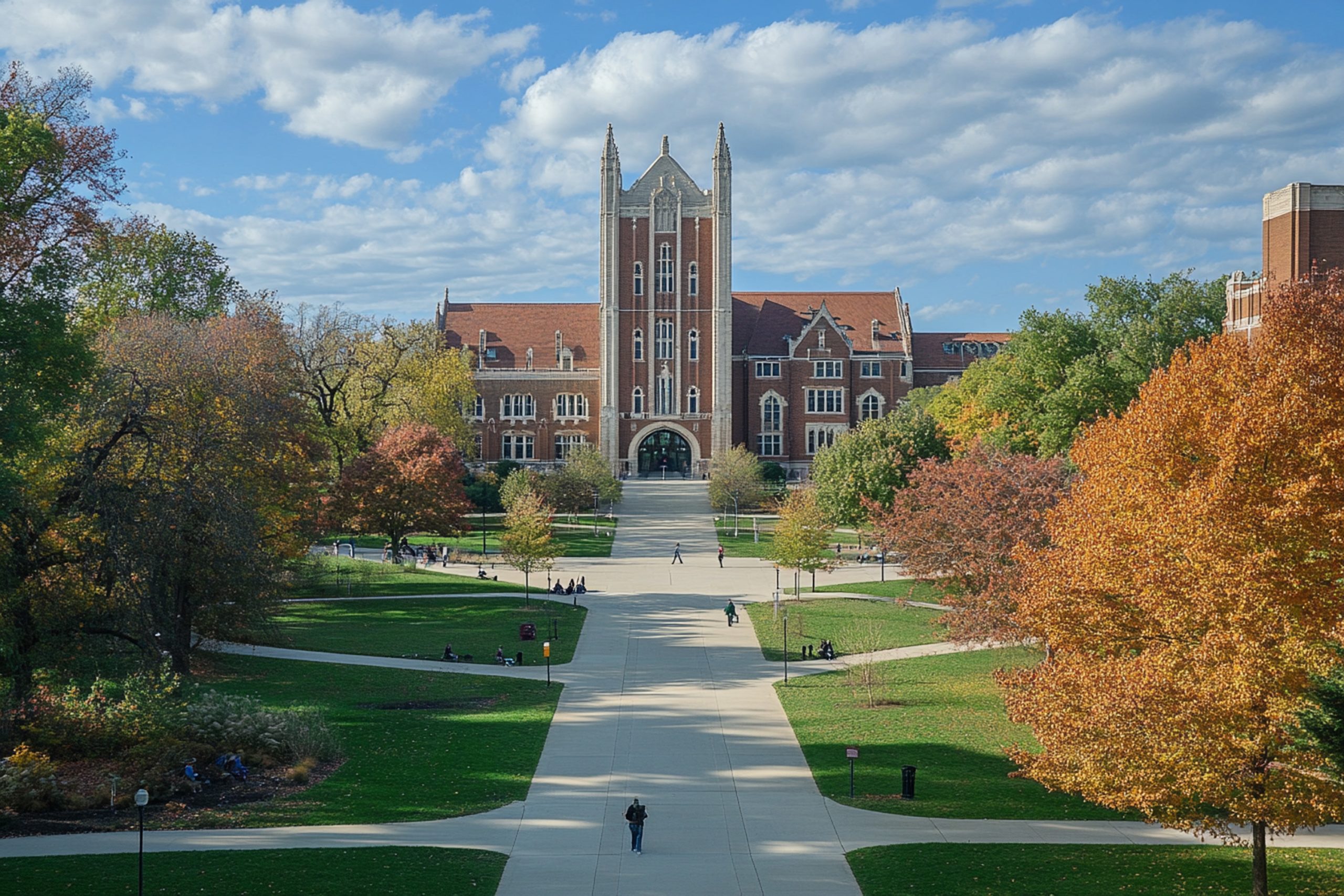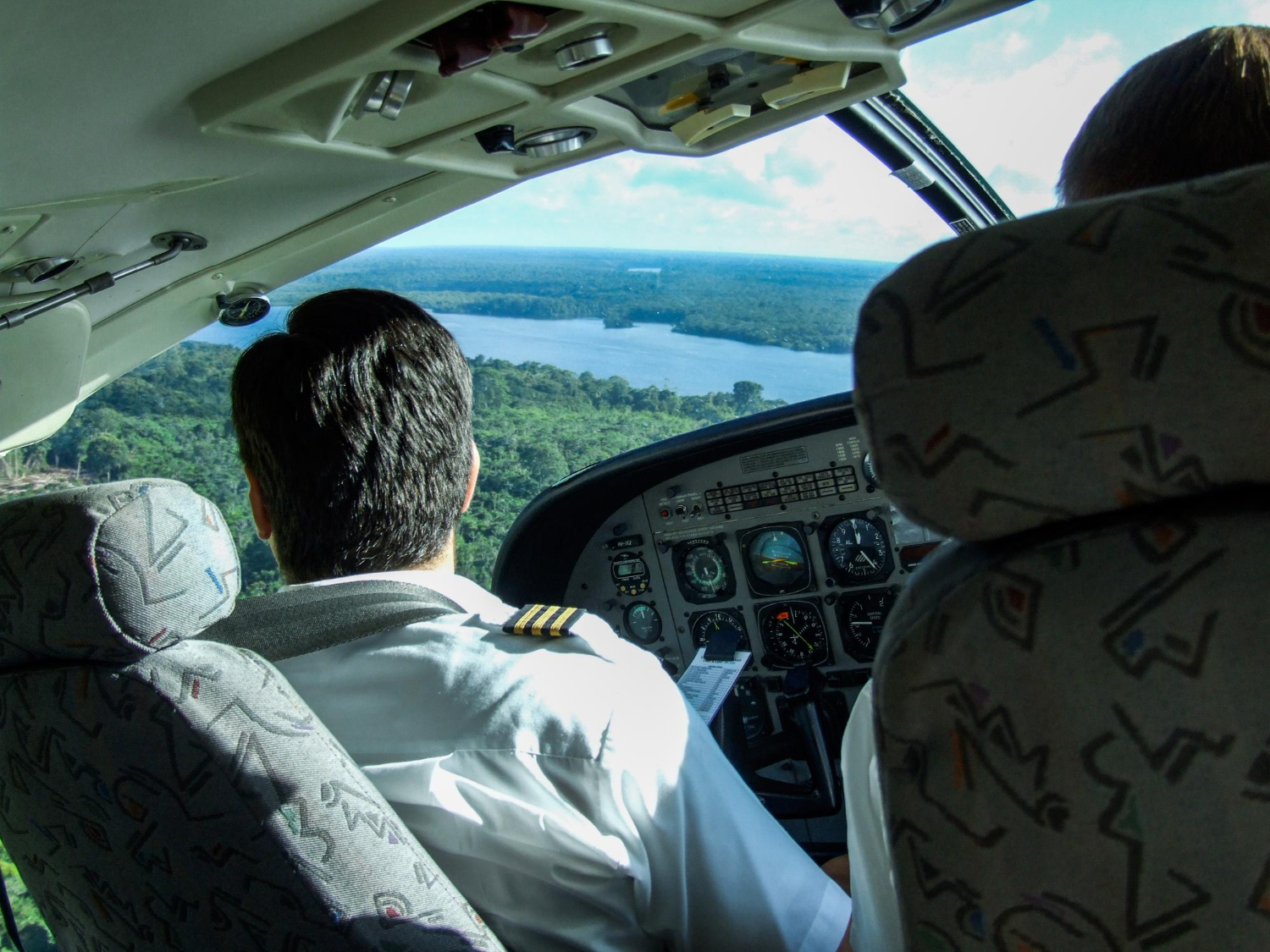4 Year University paired with Pilot Training to the Airlines
One of the most structured and direct paths to becoming an airline pilot within four to five years after high school is enrolling in a four-year university with a professional pilot training program. These programs allow you to earn your pilot licenses and ratings while simultaneously gaining college credit through FAA-approved ground and flight training.
Reputable institutions like Purdue University and Oklahoma State University offer degree programs specifically designed to prepare you for a career in commercial aviation. Many of these schools have formal partnerships with airlines, giving graduates a direct pathway into the airline workforce upon completion.
By the end of the program, you’ll earn a Professional Pilot degree that combines hands-on flight training with academic instruction in aircraft systems, safety, and operations. Even if you decide not to pursue a flying career, your degree and aviation background make you highly valuable to employers in aviation-related fields, government agencies, and beyond. In short, you get the best of both worlds — flight experience and a college degree.

The true beauty of these programs lies in their simplicity and enjoyment. They’re not high-pressure pilot mills designed to rush you through the process. Instead, you’re guided by experienced professionals — or by fellow students who have spent time in the industry and are also on the path to the airlines. It’s a supportive, practical approach that keeps the learning experience both effective and engaging.
By not rushing through your training in just one or two years, you give yourself more time to fully absorb the experience and integrate aeronautical knowledge into real piloting skill. Unlike many fast-track programs that compress four years of learning into two, this approach allows you to build confidence and competence at a steady, manageable pace — without the pressure to cram complex concepts and flight hours into an accelerated timeline.

Attending a four-year university with a Part 141 flight program is also a smarter financial investment. These institutions are equipped to help you secure funding for both your academic education and flight training, often through federal financial aid, scholarships, and student loans. Since airline hiring typically begins soon after graduation, you’ll be in a strong position to repay those loans once you're earning a professional pilot salary.
Many students begin working as flight instructors by their sophomore or junior year, earning $30 per hour or more while logging the flight time needed to qualify for airline positions.
Airlines value graduates from university programs because they know students are receiving high-quality training using modern flight simulators and advanced instruction, all tailored to prepare them for complex jet operations. Students, in turn, benefit from a structured college experience, gain professional readiness, and often step directly into airline jobs after graduation. It’s a fulfilling path that combines academic achievement with a clear career outcome.

For recent high school graduates or young adults pursuing a four-year degree, enrolling in a university flight program is often the ideal path. However, for individuals in their late 20s or 30s—who may already have a stable career or a college degree—our independent 3- to 4-year roadmap offers a far better fit.
This path closely mirrors the airline-preferred 4- to 5-year independent training timeline. It allows you to progress at a steady pace, without the pressure of accelerated programs, giving you the time and experience needed to truly develop your skills as a pilot. In fact, airlines often favor this measured approach because it produces more confident, capable pilots.
The timeframe for these programs is summarized as follows:
YEAR 1
Private Pilot Ground and Flight Training and License
Instrument Rating Ground and Flight Training and Rating
Additional Aircraft Operations, Weather, Aircraft Industry curriculum
YEAR 2
Build flight hours for Commercial Pilot Rating
Commercial Pilot Rating
Multi Engine Rating
Flight Instructor Rating

YEAR 3
Flight Instructing to Build hours to qualify for Airline Pilot Position
Instrument Flight Instructor
Multi Engine Flight Instructor
Various academics instruction focusing on airline operations or the aircraft industry
YEAR 4
Continued Flight Instructing to Build hours for the airlines
Airline Transport Pilot Training – Advance simulators modeling the aircraft you’ll be flying in the airlines
Crew Concept Indoctrination
Airline Transport Pilot Rating (ATP)
Airline Pilot Interviews
Various academics to complete degree
The PROs and CONS of this Program:
PROs
- Direct Entry into Airlines after graduation
- Universities partnership with airlines
- Advance simulator training to prepare you for airline advance flight deck
- Federal loans and grant assistant
- Financial process is handled by university
- Loan pay back is 4 years after graduation when you most likely are working as a pilot
- Much lower dropout rate
- Student and career contentment
- Structure process to the airlines – No guess work
- Better accommodates of students who learn at a slower rate
- More individualized flight instruction
- Better environment and mentoring for minorities and women pilot
- Idea for recent high school grads
- Some schools use a combination of online and in-person classes
- Experience college life while embarking on your dream job
CONs
- Total flight training cost is higher
- Not suited for students who already have a bachelor’s degree
- Out of state tuition is higher
- Online training may be limited
- Not suited for students who only need flight training
Universities with Professional Pilot Programs
See the Lesson "Universities with Professional Pilot Programs" to access these school's websites and find out more information on program and admittance.

Comments are closed.